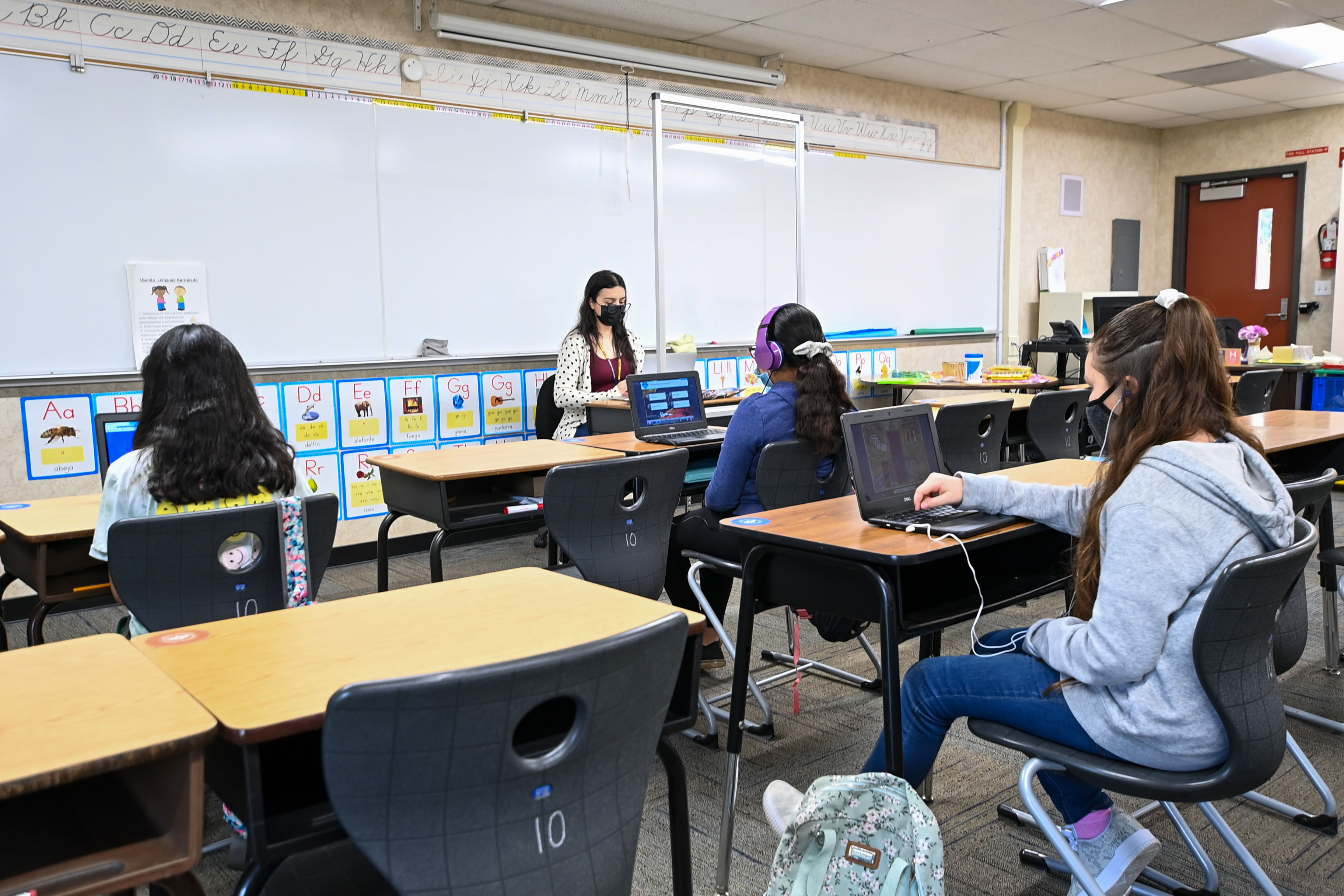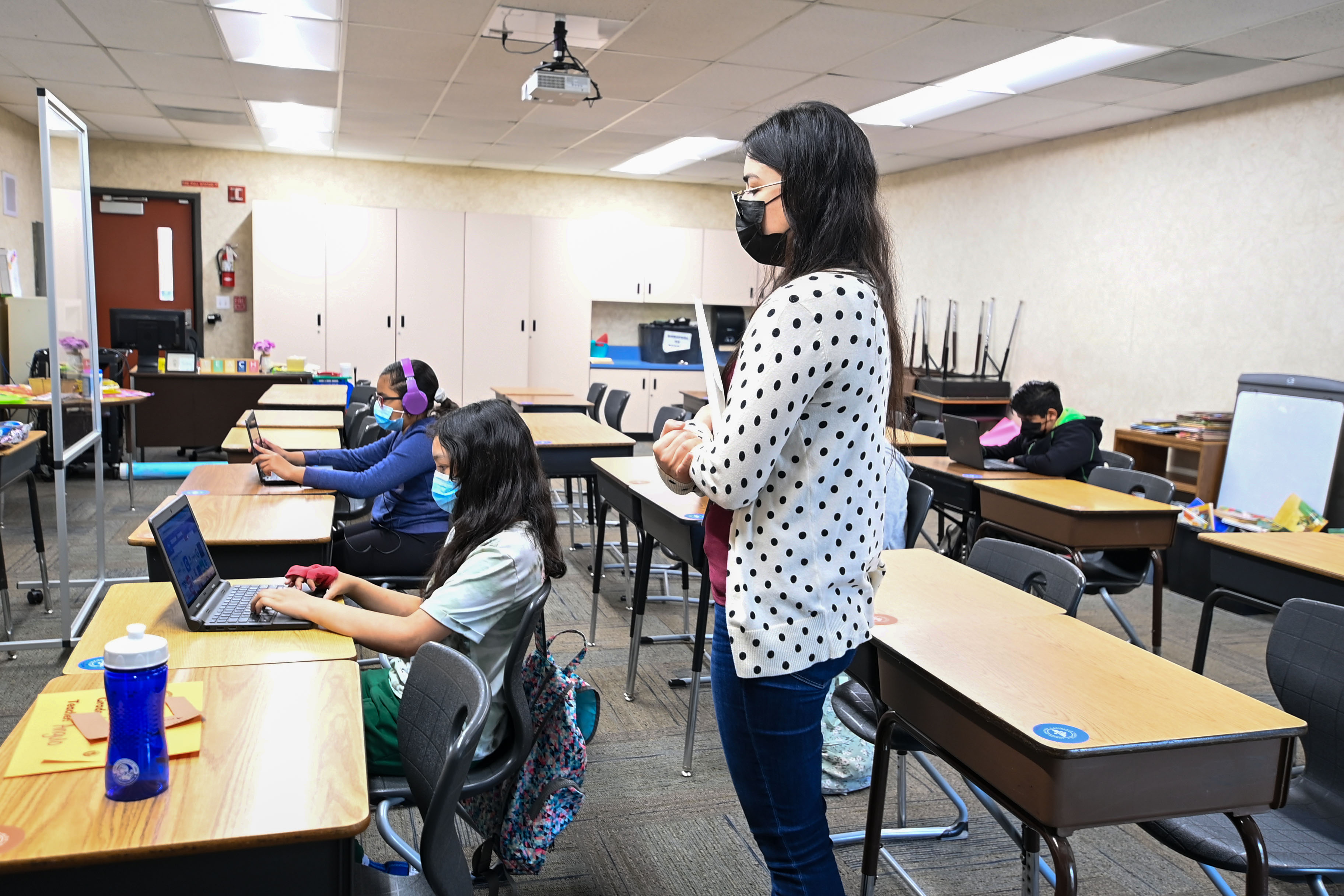After schools closed and virtual learning began, one thing became very clear to Brenda Angulo: the importance of social-emotional learning.

The Sunnyslope Dual Immersion teacher has always considered academics a priority, but interacting with her 4th grade class through a screen made her realize that although students need to learn as best they can, their mental and emotional health needed to come first during this globally trying time.
“What is really important?” asked Ms. Angulo. “Learning to divide, multiply, subtract...or is it important that students know not to give up and not to be frustrated with themselves?”
Learning in two languages is challenging enough without adding virtual learning to the mix. For this reason, Ms. Angulo decided early on not to dock points for late assignments. Without the fear surrounding late work, her students learned to feel comfortable reaching out and relaying their struggles, thus developing the necessary skills to take responsibility for themselves.
“The fact that we’re all struggling right now is allowing us to feel like we’re all one,” said Ms. Angulo. “I know that they are trying their best, and they see that I’m also trying my best as a teacher. As long as they try their best and turn in their work, that’s what’s most important right now.”

Another way to strengthen social-emotional learning is to make space for culture in the classroom.
“In my classroom, we talk about our differences and our similarities and we learn to love each other for who we are,” shared Ms. Angulo. “When you allow students to be themselves and explore their culture, I believe that allows students to find themselves early on in their academic career.”
Having a collaborator who shares your vision makes an even greater impact.
“We share 60 wonderful students,” said Ana Garcia, Ms. Angulo’s partner teacher in Dual Immersion. “We don't see them as her class or my class; they are in fact all OUR kids. It's important that we stay connected because we want to give our kids our best.”
Like Ms. Angulo, Ms. Garcia has emphasized social-emotional learning since the beginning of this school year.
“We took our time to really get to know our students,” said Ms. Garcia. ”Every day we give them time to share their thoughts and feelings."
These practices have continued with the return of in-person instruction. A recent class began with Ms. Angulo asking how each student was feeling. She put a series of numbers on the white board to represent emotions. Negative three meant the most upset, while positive three meant the most happy. Students who shared how they were feeling received Class Dojo points, and many students cited being at school as their reason for feeling happy.

With the help of social-emotional learning, Ms. Angulo hopes her students will reclaim their love of learning and remember the values of teamwork after a year of isolation. She believes that JUSD’s hybrid model - which includes periods of two-hour, small group in-person instruction - supports that end.
“The students who are coming in need that social interaction,” Ms. Angulo said. ”I really have to appreciate JUSD’s focus and emphasis on the importance of SEL in the classroom.”

